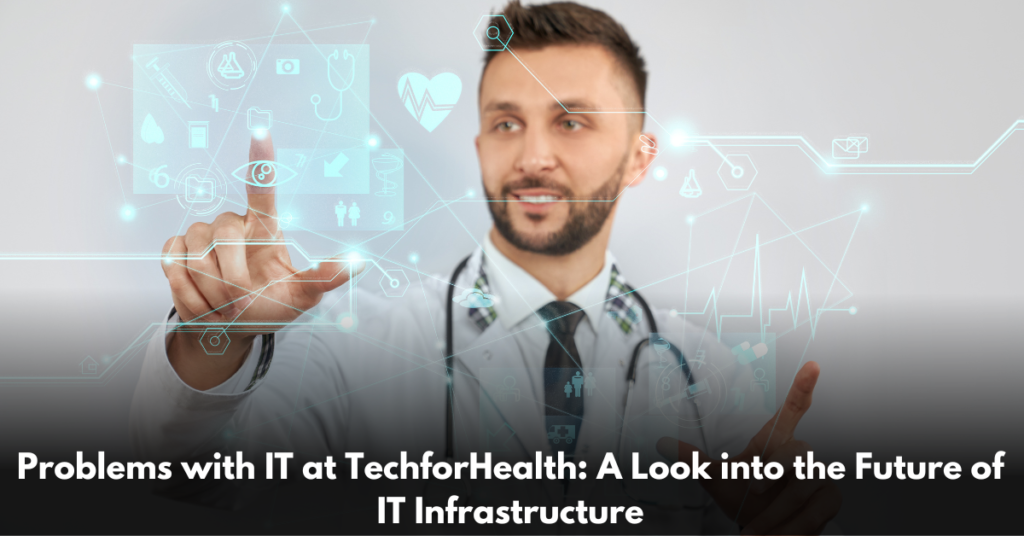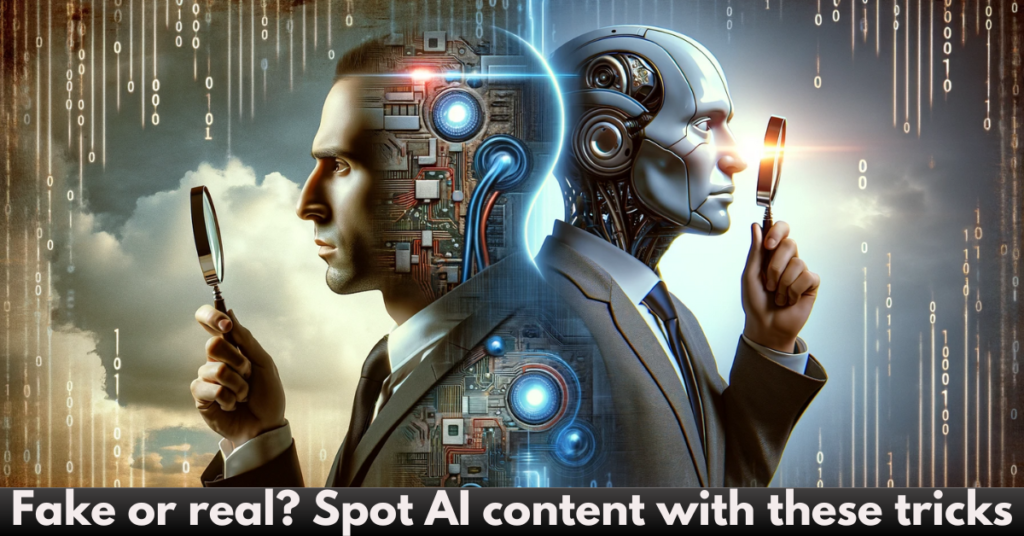Problems with IT at TechforHealth: A Look into the Future of IT Infrastructure
TechforHealth, a leading health-tech organization in India, is facing a significant challenge in the swiftly growing digital outlook. To remain competitive, the organization must find a solution that not only addresses current issues but also provides a strong foundation for future growth. By investing in advanced technologies and working with industry experts, TechforHealth can overcome this situation and emerge as a leader in the health tech industry in India.
Artificial intelligence (AI) has a significant impact on the shift in IT operations from reactive to predictive. AI integration can automate manual processes, enabling more efficient operations and allowing teams to focus on strategic initiatives. However, it is crucial to integrate AI systems across different ecosystems, such as customer service and cybersecurity, requiring a complete architecture. Systems thinking is important for organizations to view AI integration as a larger interconnected network, identifying potential difficulties or gaps in their AI integration strategy and developing comprehensive solutions that address the needs of all stakeholders.


Another important aspect of building a secure and strong IT system is ensuring a positive digital experience for employees. A unified platform can help reduce tool sprawl, improve efficiency, and enable seamless integration of AI technologies, such as chatbots and virtual assistants, which enhance employee productivity and engagement. This not only improves employee satisfaction but also contributes to a more efficient and productive workforce.
The Chief Information Security Officer (CISO) plays a vital role in shaping an organization’s cybersecurity strategy. A creative CISO can connect cybersecurity strategies with organizational goals and the evolving threat landscape, ensuring the organization is both secure and quick. By staying up-to-date with the latest trends and emerging technologies, a creative CISO can actively identify potential risks and implement necessary safeguards.
Green IT strategies have emerged as a non-negotiable aspect of IT operations, benefiting both the environment and the organization’s bottom line. Implementing green IT strategies can reduce the organization’s carbon footprint, optimize energy usage, and reduce electronic waste. By adopting energy-efficient technologies and practices, businesses can lower their energy consumption and operating costs, enhance their reputation, and attract environmentally conscious customers and partners.
Finally, addressing technical debt, adopting agile methodologies, and aligning IT strategy with business goals are key to creating an IT environment prepared for future challenges and aligned with corporate goals. Ignoring technical debt can hinder progress, while agility and alignment can ensure IT strategy is fully integrated with business strategy, driving sustained market relevance.



